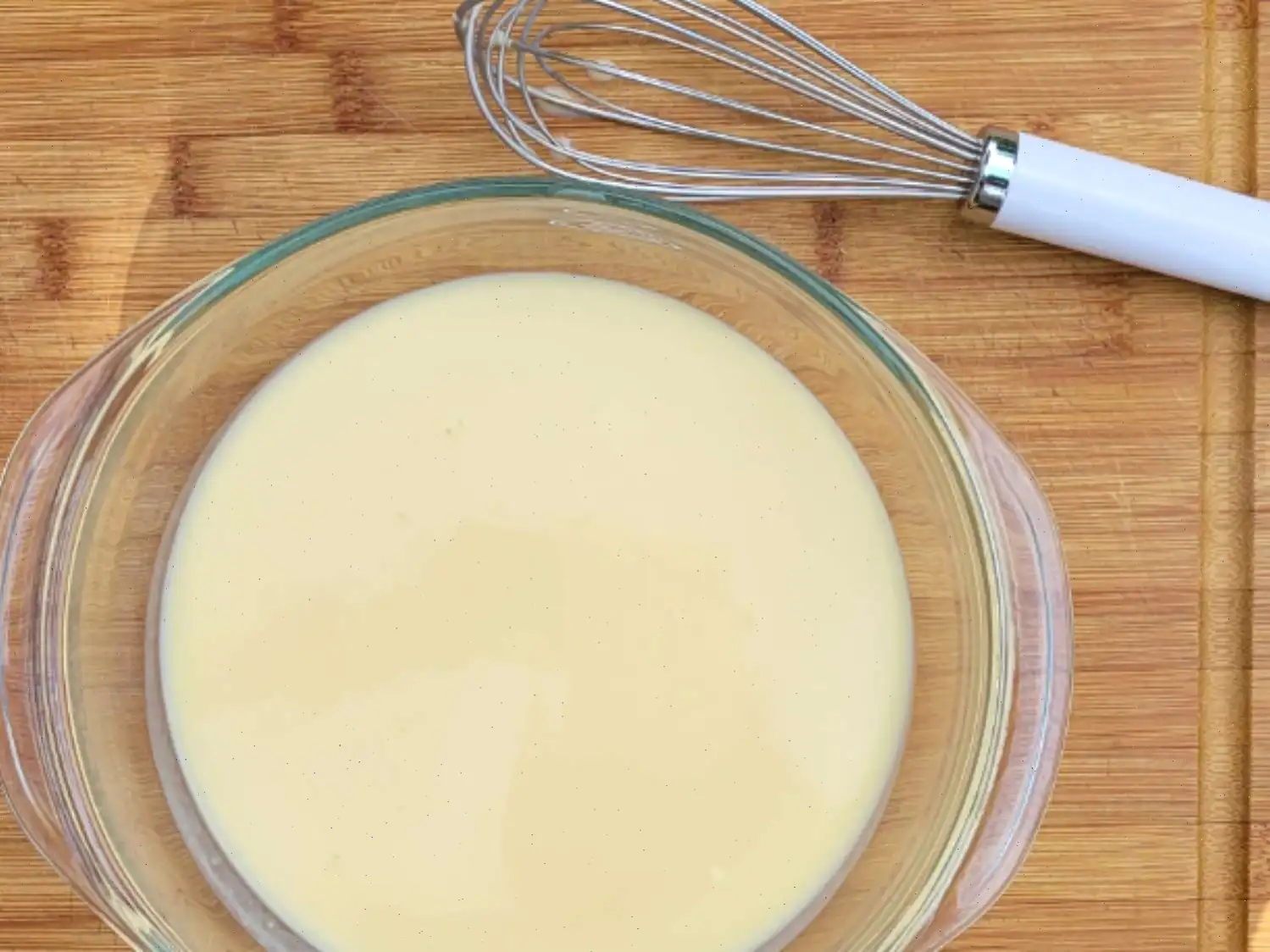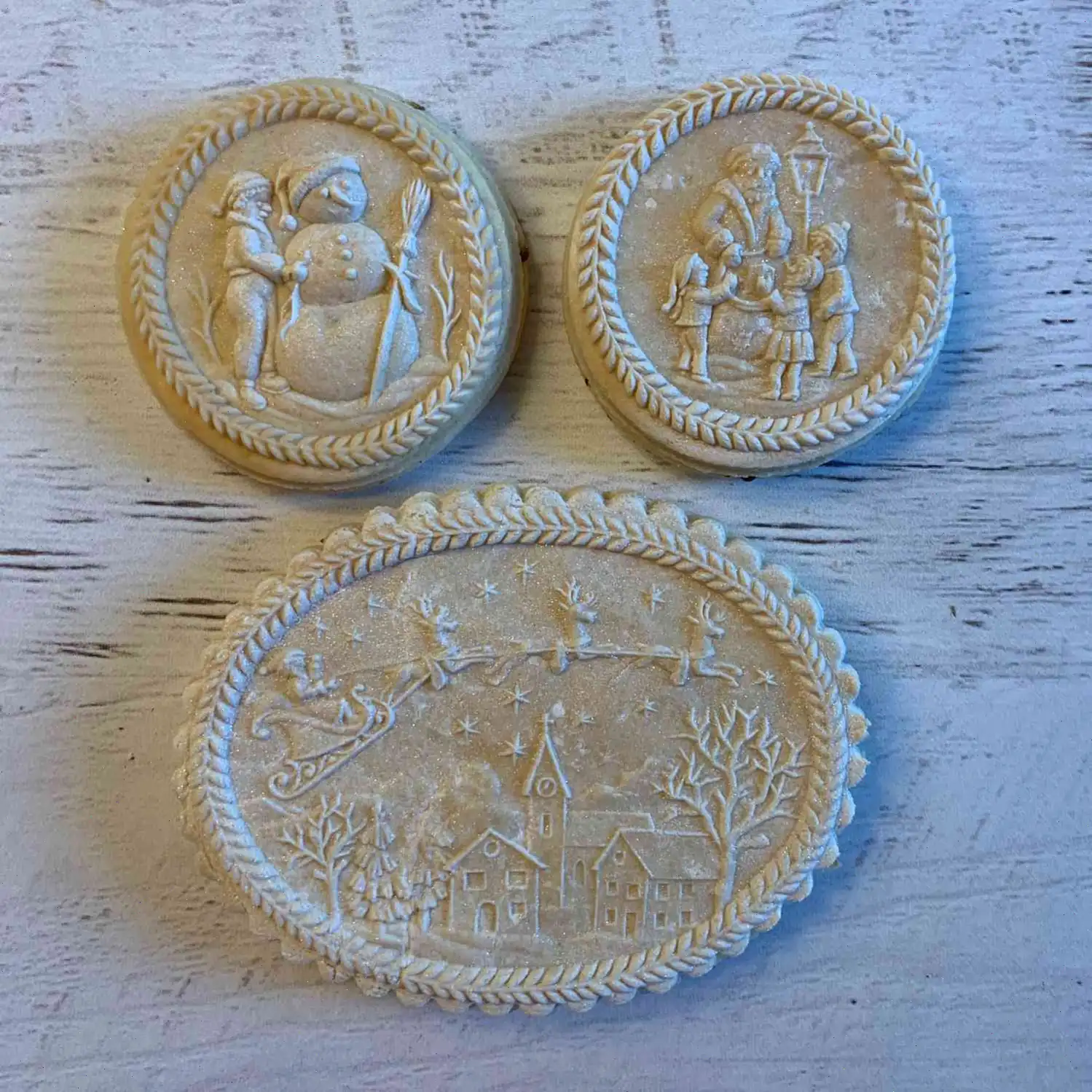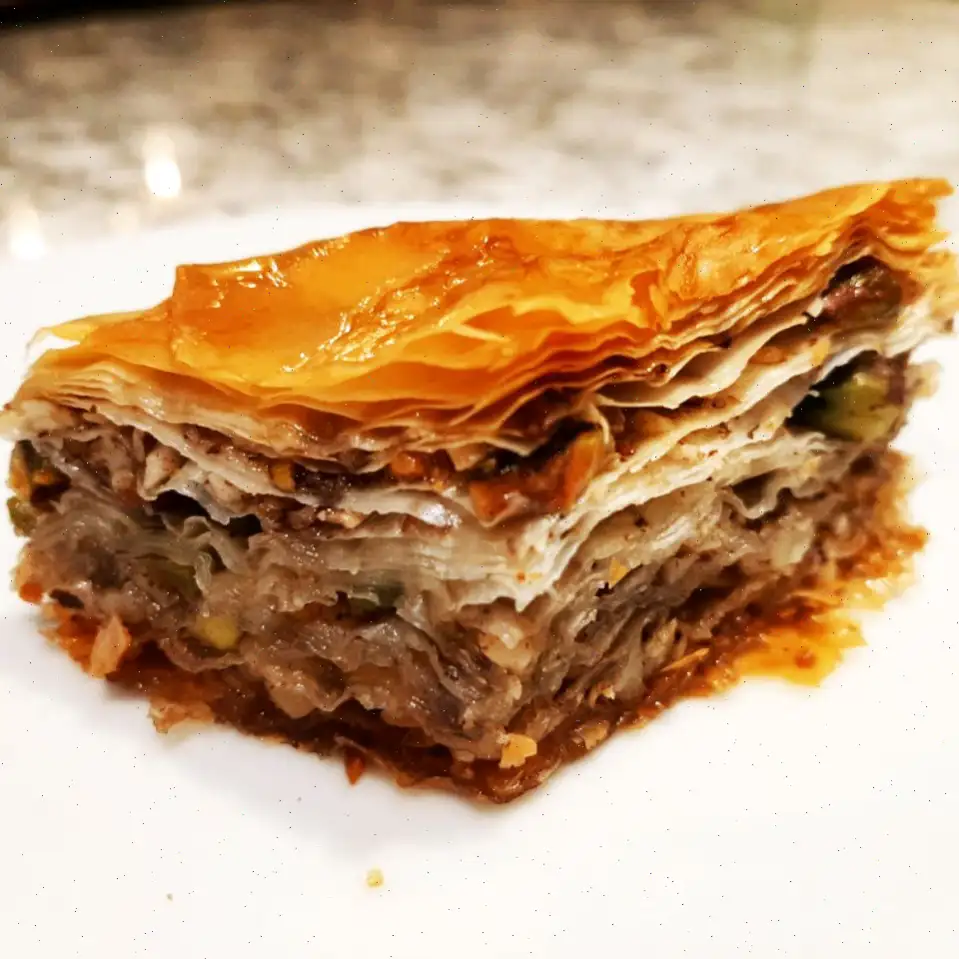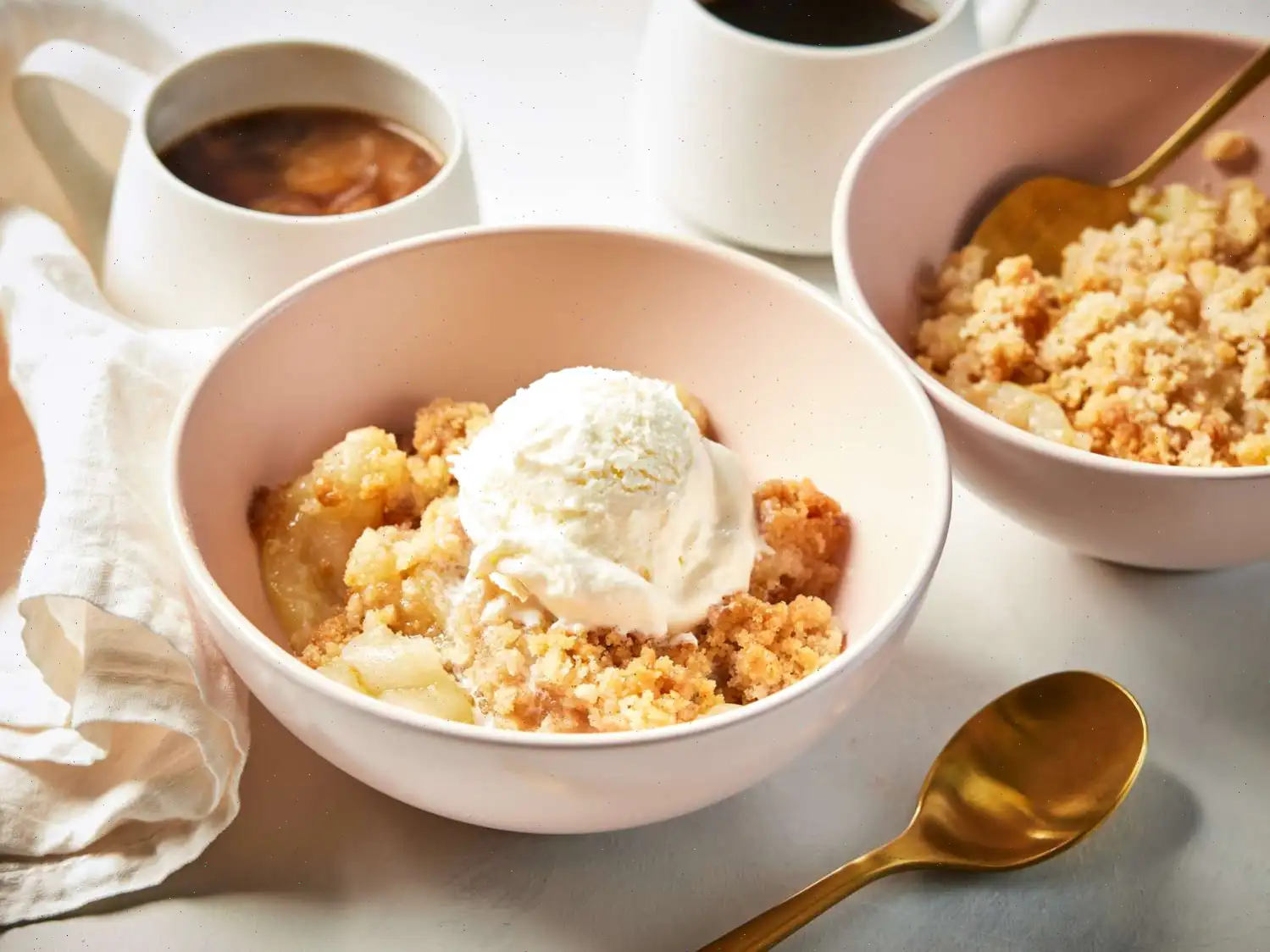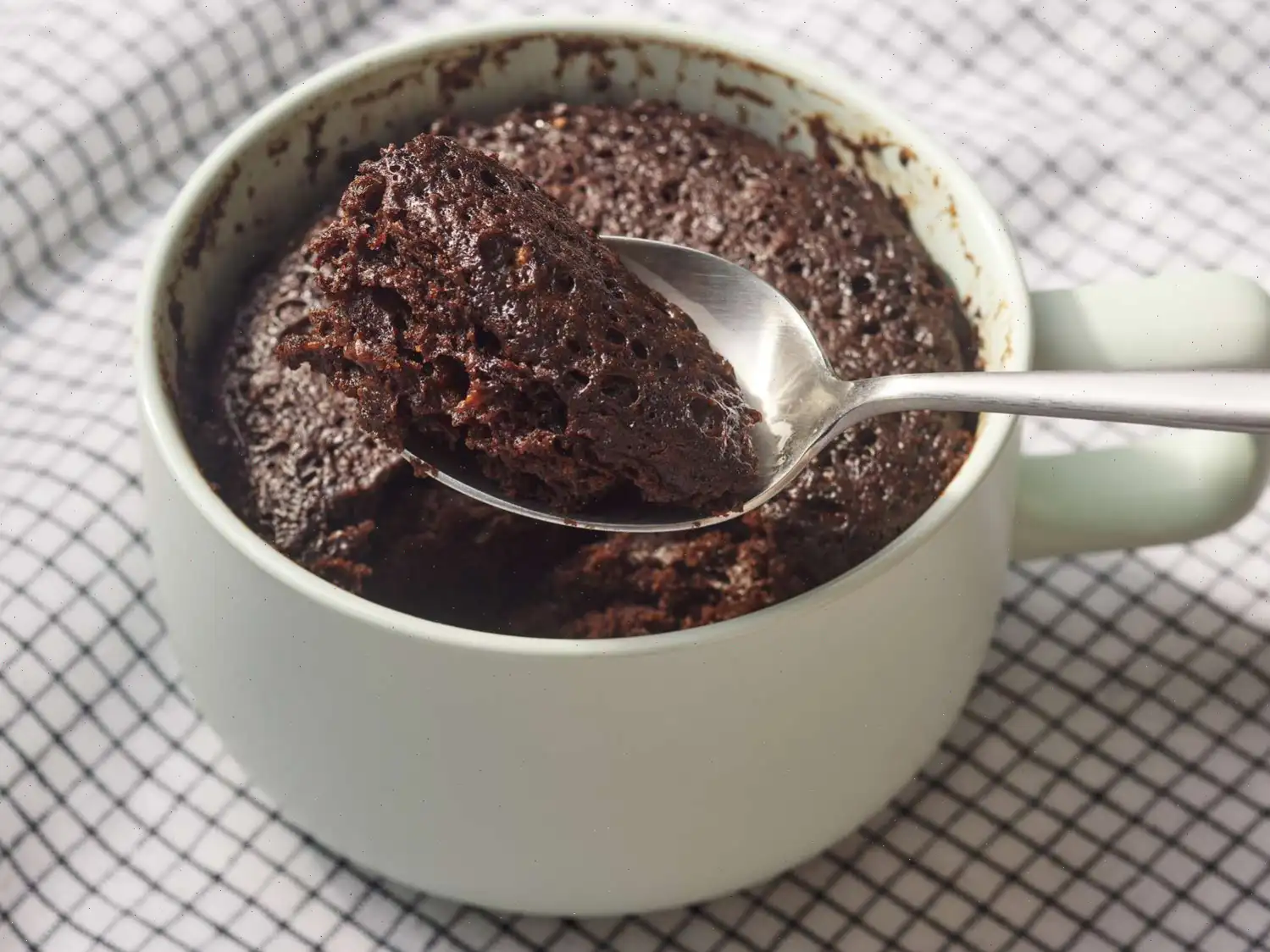
Creme Patissiere (Vanilla Pastry Cream) Recipe
Ingredients
- 2 cups milk
- 2 tablespoons cornstarch
- 1/3 cup white sugar
- 1 large egg
- 2 egg yolks
- 1/4 cup unsalted butter, cubed
- 1 teaspoon vanilla extract
This recipe yields 4 servings.
Directions
- Whisk 1/3 of the cold milk and cornstarch together in a medium bowl until smooth.
- Pour the remaining milk and sugar into a small saucepan. Heat over medium heat, stirring occasionally, until the milk begins to simmer. Remove from heat and set aside.
- Stir the egg and egg yolks into the cornstarch mixture. Gradually whisk in the hot milk.
- Pour the mixture back into the small saucepan. Cook over medium-low heat, whisking constantly, until thickened and the mixture coats the back of a spoon, about 3 to 5 minutes.
- Remove the custard from heat and whisk in the butter and vanilla extract until smooth.
- Transfer the custard into a bowl and cover directly with plastic wrap to prevent a skin from forming. Allow it to cool before using.
Recipe Tip
Store cooled crme ptissire in the refrigerator for up to 2 days.
Nutrition Facts
Per Serving (1/4 of the recipe)
- Calories: 312
- Total Fat: 19g (24% Daily Value)
- Saturated Fat: 10g (52% Daily Value)
- Cholesterol: 226mg (75% Daily Value)
- Sodium: 204mg (9% Daily Value)
- Total Carbohydrate: 27g (10% Daily Value)
- Dietary Fiber: 0g (0% Daily Value)
- Total Sugars: 23g
- Protein: 10g (19% Daily Value)
- Vitamin C: 0mg (0% Daily Value)
- Calcium: 177mg (14% Daily Value)
- Iron: 1mg (5% Daily Value)
- Potassium: 233mg (5% Daily Value)
* Percent Daily Values are based on a 2,000-calorie diet. Your daily values may be higher or lower depending on your calorie needs.

History and Origins
Crme ptissire, or vanilla pastry cream, is a traditional French custard used in many classic pastries. Its origins date back to the early 19th century, a time when pastry chefs in France sought to create rich and creamy fillings for tarts, clairs, and puff pastries. The French culinary tradition was focused on creating sophisticated, yet delicious desserts, and crme ptissire became a staple in this regard. The recipe itself is simple yet refined, often serving as a base for other dessert fillings, such as crme mousseline (crme ptissire mixed with butter) or as a topping for fruit tarts. This versatile filling is now an essential element in pastry-making across the world.
Regional Variations
While crme ptissire is most closely associated with French cuisine, many regions have adapted and modified the recipe to suit their local tastes. In Italy, for example, the base recipe is sometimes flavored with lemon zest or orange blossom water, creating a lighter and citrus-infused variation known as "crema pasticcera." In the United Kingdom, custard fillings similar to crme ptissire are often used in traditional pastries like clairs and custard tarts. However, the French version is typically thicker and richer, made with egg yolks and cornstarch to create a smooth, stable consistency that holds up well in intricate pastry work.
How It Differs From Similar Dishes
Creme ptissire stands out from other custard-based fillings primarily due to its thickness and consistency. Unlike traditional egg custards, which are usually runny, crme ptissire is designed to be firm enough to fill delicate pastries without spilling. It is often compared to other custards like crme anglaise, which is more pourable and used as a sauce rather than a filling. What differentiates crme ptissire from simpler versions of custard is its use of cornstarch, which helps achieve a sturdy texture, and the inclusion of butter and vanilla, which give it a smooth and rich flavor profile.
Where It's Commonly Served
Creme ptissire is most commonly used in French pastry shops and bakeries, especially in items like clairs, mille-feuille, and fruit tarts. It can also be found as a filling in cream puffs (choux pastries) and is the base of many decadent French desserts. Aside from France, the custard is also a popular filling for pastries in many European countries, including Belgium, Switzerland, and Italy. In some regions, crme ptissire is even enjoyed on its own, chilled and served in small bowls as a dessert, sometimes topped with fruit or whipped cream.
Interesting Facts
Crme ptissire was originally created for use in high-end French pastries, but its simplicity and delicious flavor quickly made it a favorite for home bakers. In fact, the name "ptissire" translates directly to "pastry chef" in French, reflecting its close ties to the art of pastry-making. Interestingly, many professional pastry chefs use crme ptissire as the foundation for other more complex fillings, such as crme mousseline or even chocolate pastry cream. The versatility of crme ptissire is a testament to its enduring popularity and essential role in pastry arts.
Another fun fact: the texture of crme ptissire depends heavily on technique. Stirring the mixture constantly as it cooks ensures a smooth and velvety texture, while improper heat control can lead to curdling or a lumpy consistency. Because of this, crme ptissire is often considered a hallmark of skill for aspiring pastry chefs.
Conclusion
Crme ptissire is a classic French pastry cream that has stood the test of time. Whether you are filling clairs, fruit tarts, or enjoying it on its own, this creamy, smooth custard brings an air of elegance to any dessert. Its rich history, regional adaptations, and unique characteristics make it a true gem in the world of pastry, beloved by both professional chefs and home bakers alike.
FAQ about Creme Patissiere (Vanilla Pastry Cream) Recipe
Comments
Jose Brown
08/31/2023 11:44:25 PM
Great recipe for creme patisserie! I used it chilled right away to fill my eclairs, and they disappeared in no time! Absolutely delicious. Planning to make it again for a French fruit tart I have in mind.


